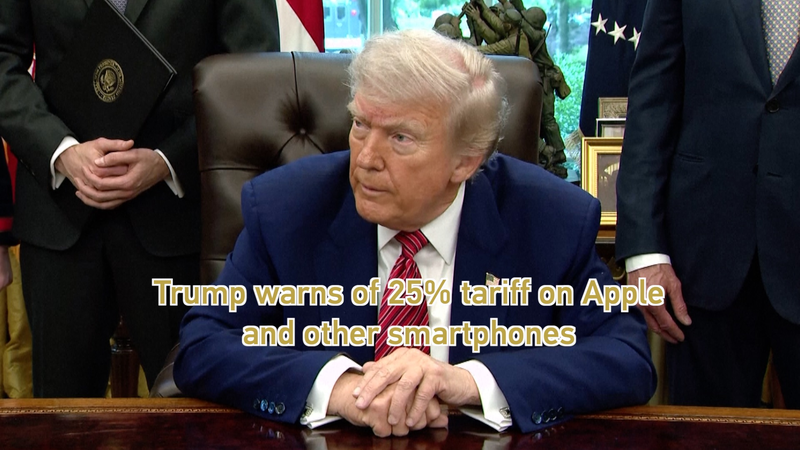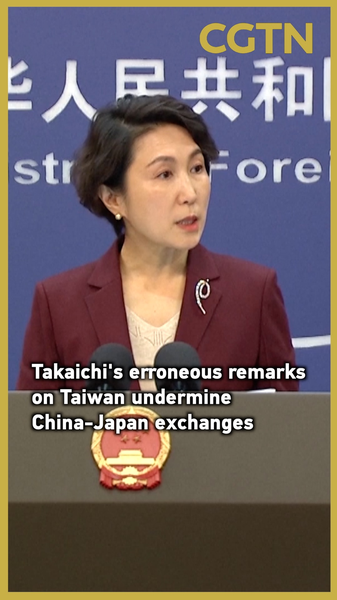In a surprise move on Friday, U.S. President Donald Trump warned via social media that he is considering a 25% tariff on Apple and all smartphone makers whose products are manufactured abroad. The announcement sent ripples across global markets, reigniting debates on trade policy and consumer impact.
Here’s what you need to know:
- Tariff scope: A 25% levy on imported smartphones, including Apple’s flagship iPhone lineup. The measure would target devices assembled outside the U.S.
- Supply-chain spotlight: Over 90% of Apple’s iPhones are assembled overseas. Disrupting this network could raise production costs and delay product launches.
- Consumer costs: Analysts estimate a 10–15% price hike for new smartphones if tariffs are applied. That translates to an extra $100–$150 for the average flagship device.
- Industry reaction: Tech CEOs and trade groups quickly voiced concern. They warn higher tariffs could stifle innovation and slow the recovery of a smartphone market already feeling pandemic pressures.
Data snapshot: The global smartphone market is valued at over $400 billion annually, with Apple capturing roughly 17% of units sold but over 60% of profits. A sudden tariff could reshape revenue projections across brands.
Why it matters: Young global consumers rely on affordable, cutting-edge tech. A significant price jump may shift demand toward budget or regional alternatives, affecting giants and emerging players alike.
What’s next? Congress and industry stakeholders are set to debate the proposal. Lawmakers will weigh national manufacturing goals against potential disruptions to international partnerships and the end-user wallet.
Stay tuned for updates as this story develops and impacts both tech innovation and trade dynamics worldwide.
Reference(s):
Trump warns of 25% tariff on Apple, smartphones not made in the U.S.
cgtn.com




